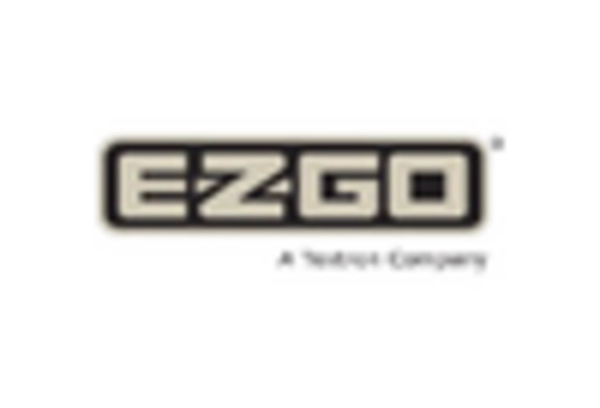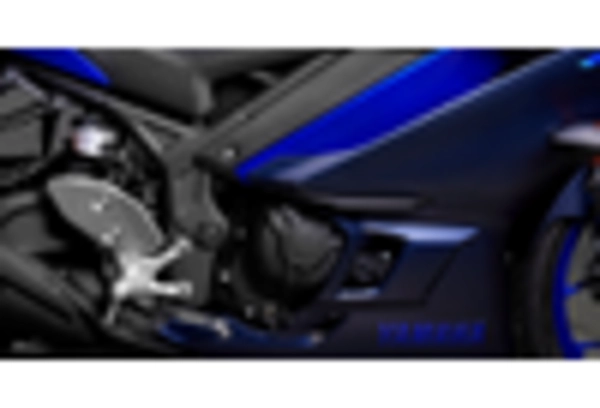Government Incentives and Support
Government initiatives play a crucial role in shaping the low speed-vehicle market. In the UK, various incentives are being offered to encourage the adoption of low speed-vehicles, including tax breaks, grants, and subsidies. These financial incentives are designed to make low speed-vehicles more accessible to consumers and businesses alike. For instance, the UK government has allocated £500 million to support the development of electric vehicles, which includes low speed-vehicles. Such support not only stimulates market growth but also fosters a competitive landscape where manufacturers are incentivized to innovate and improve their offerings in the low speed-vehicle market.
Rising Fuel Prices and Economic Factors
Economic factors, particularly rising fuel prices, are influencing consumer behavior in the low speed-vehicle market. As fuel costs continue to escalate, consumers are seeking more economical transportation options that can help mitigate their expenses. Low speed-vehicles, which typically have lower operating costs compared to traditional vehicles, are becoming increasingly appealing in this context. In the UK, the average price of petrol has seen a steady increase, prompting consumers to consider alternatives that offer better fuel efficiency. This trend is likely to drive growth in the low speed-vehicle market, as more individuals and businesses recognize the financial benefits of adopting these vehicles.
Urbanization and Changing Mobility Patterns
Urbanization is a significant driver of the low speed-vehicle market, particularly in densely populated areas. As cities in the UK continue to grow, the demand for efficient and compact transportation solutions is increasing. Low speed-vehicles are well-suited for urban environments, where traffic congestion and limited parking space pose challenges for traditional vehicles. The low speed-vehicle market is likely to benefit from this trend. More consumers are opting for smaller, more maneuverable vehicles that can navigate urban landscapes effectively. Additionally, the rise of shared mobility services is expected to further enhance the appeal of low speed-vehicles, as they offer a practical solution for short-distance travel in urban settings.
Technological Advancements in Vehicle Design
Technological advancements are transforming the low speed-vehicle market, leading to improved designs and functionalities. Innovations in battery technology, lightweight materials, and smart features are enhancing the performance and appeal of low speed-vehicles. In the UK, manufacturers are increasingly integrating advanced technologies such as regenerative braking and connectivity features into their low speed-vehicle offerings. These enhancements not only improve energy efficiency but also provide consumers with a more enjoyable driving experience. As technology continues to evolve, the low speed-vehicle market is expected to see a surge in demand for vehicles that incorporate cutting-edge features, making them more attractive to a broader audience.
Growing Demand for Eco-Friendly Transportation
The The low speed-vehicle market is seeing a notable increase in demand for eco-friendly transportation options.. As environmental concerns gain prominence, consumers are increasingly seeking alternatives to traditional vehicles that contribute to lower emissions. In the UK, the government has set ambitious targets to reduce carbon emissions, which has led to a rise in the adoption of low speed-vehicles. According to recent data, the market is projected to grow at a CAGR of 8.5% over the next five years. This shift towards sustainable mobility solutions is likely to drive innovation within the low speed-vehicle market, as manufacturers focus on developing energy-efficient models that align with consumer preferences for greener options.

















Leave a Comment